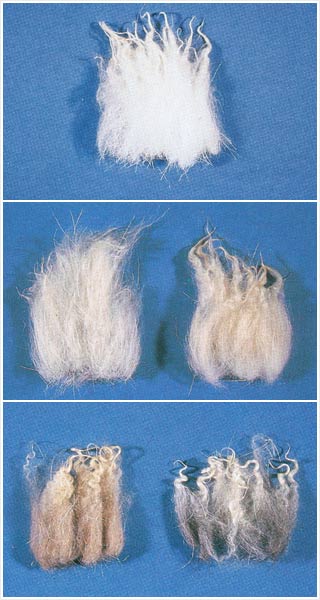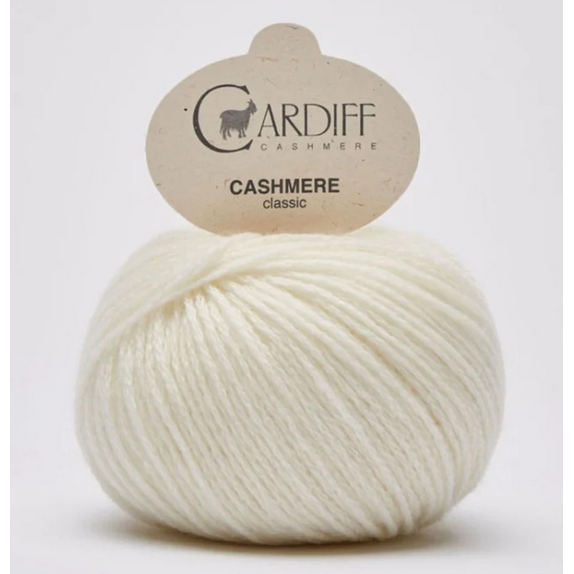What Is Cashmere and How Does It Stack Up to Other Fabrics?
Wiki Article
Discovering the Various Sorts Of Cashmere a Natural Fiber for Ultimate Luxury
Cashmere, a natural fiber, is typically connected with high-end and convenience. Not all cashmere is produced equal. From the highly soft Mongolian range to the light-weight warmth of Indian Pashmina, each kind presents its very own distinct features and appeal. The much more inexpensive Chinese cashmere, the standard Scottish version, and the premium Italian blend, all tell a various story of this exceptional fiber. As we untangle the world of cashmere, a much deeper understanding of its real worth and elegance starts to emerge.Understanding the Luxurious Nature of Cashmere
Cashmere, typically associated with high-end and comfort, holds an one-of-a-kind attraction in the globe of natural fibers. Unlike other natural fibers, cashmere combines insulation with breathability, offering unrivaled comfort across differing temperatures. Its shiny finish and soft texture contribute to its high-end charm, validating the costs cost that frequently comes with cashmere garments.
Simply What Is Cashmere and Where Does It Originate from?

Provided these outstanding top qualities, one may wonder about the origin and makeup of this lavish fiber. Cashmere is stemmed from the soft undercoat of cashmere goats, mainly discovered in Mongolia, China, Iran, and Afghanistan - is cashmere a natural fiber. These goats are adjusted to rough weather problems, producing a very great, soft underfur as a defense versus the bitter cold. This underfur, or undercoat, is what is collected for cashmere. Each spring, when the goats normally shed their wintertime layer, farmers comb the fine underhair, leaving the coarser hair behind. This meticulous process adds to the deficiency and high price of cashmere. With its origin in the harsh landscapes of Asia, cashmere is a testimony to nature's ability to create luxury from hardship.
Translating the Various Kinds of Cashmere
Understanding the various types of cashmere is key to valuing the top quality and one-of-a-kind characteristics of this lavish fabric. Usually, cashmere is classified right into 3 kinds: raw, virgin, and recycled. Translating these types is the first step in understanding the exclusivity and value of cashmere.
The Special Attributes of Each Sort Of Cashmere
Having actually checked out the different classifications of cashmere, it becomes noticeable that each kind boasts its unique collection of features. Mongolian cashmere, for example, is renowned for its premium quality, as a result of Mongolia's severe winters that generate longer and finer fibers. On the other hand, Chinese cashmere is frequently more budget-friendly, though its much shorter fibers can lower toughness. Scottish cashmere is celebrated for its charming soft qualities, an outcome of the conventional water washing procedure making use of Scotland's soft water. Italian cashmere, meanwhile, is renowned for its masterful blending and tinting strategies, providing it versatile and vibrant. Indian cashmere, likewise understood as Pashmina, is valued for its unbelievable lightness and heat. Each type, hence, adds to the fabric's track record for luxury.Why Cashmere Is the Embodiment of Deluxe in vogue
Cashmere holds a well-regarded placement worldwide of style, concerned as a symbol of deluxe and elegance. Its allure is not simply in its soft qualities and heat, but additionally in its rarity and the careful process associated with its purchase. Cashmere is acquired from the fine undercoat of Himalayan goats, recognized try here for their superior high quality fiber. The scarcity of this fiber, combined with the labor-intensive process of collection, adds to its high rate and exclusive condition. Additionally, cashmere's exceptional comfort and toughness make it a popular material in the development of high-end garments. Its natural light-weight and protecting residential properties contribute to its desirability, making it the epitome of high-end in vogue.The Refine of Making Cashmere: From Goat to Garment
The journey of cashmere, from being an undercoat of a Himalayan goat to an extravagant garment, is an elaborate one. With the development of spring, farmers in Mongolia and China accumulate the wool by brushing the goats, guaranteeing no damage is done. The obtained woollen is composed of rugged outer hair and soft downy undercoat. This mix is after that fastidiously separated, with just the soft down made use of for cashmere. This raw cashmere is cleaned, colored and index rotated into thread. The thread is after that woven or weaved into materials. The final step includes pressing and cleaning to give the material its characteristic gentleness and heat. From goat to garment, each action is a testimony to the patience, creativity and ability involved in crafting cashmere.
Final Thought
Finally, cashmere, with its natural style and exceptional comfort, reference preponderates on the planet of luxury style. The variety in types, varying from the soft Mongolian, light-weight Indian Pashmina, inexpensive Chinese, standard Scottish, to the vivid Italian, reveals the versatility of this natural fiber. The meticulous procedure of transforming it from a goat to a garment better contributes to its exclusivity, making cashmere the embodiment of class and high-end.Cashmere, an all-natural fiber, is usually associated with deluxe and convenience (is cashmere a natural fiber).Cashmere, typically linked with deluxe and convenience, holds an unique attraction in the world of all-natural fibers. Unlike other all-natural fibers, cashmere combines insulation with breathability, using exceptional comfort across differing temperatures. Cashmere is acquired from the soft undercoat of cashmere goats, primarily discovered in Mongolia, China, Iran, and Afghanistan. Cashmere is acquired from the fine undercoat of Himalayan goats, understood for their remarkable high quality fiber
Report this wiki page